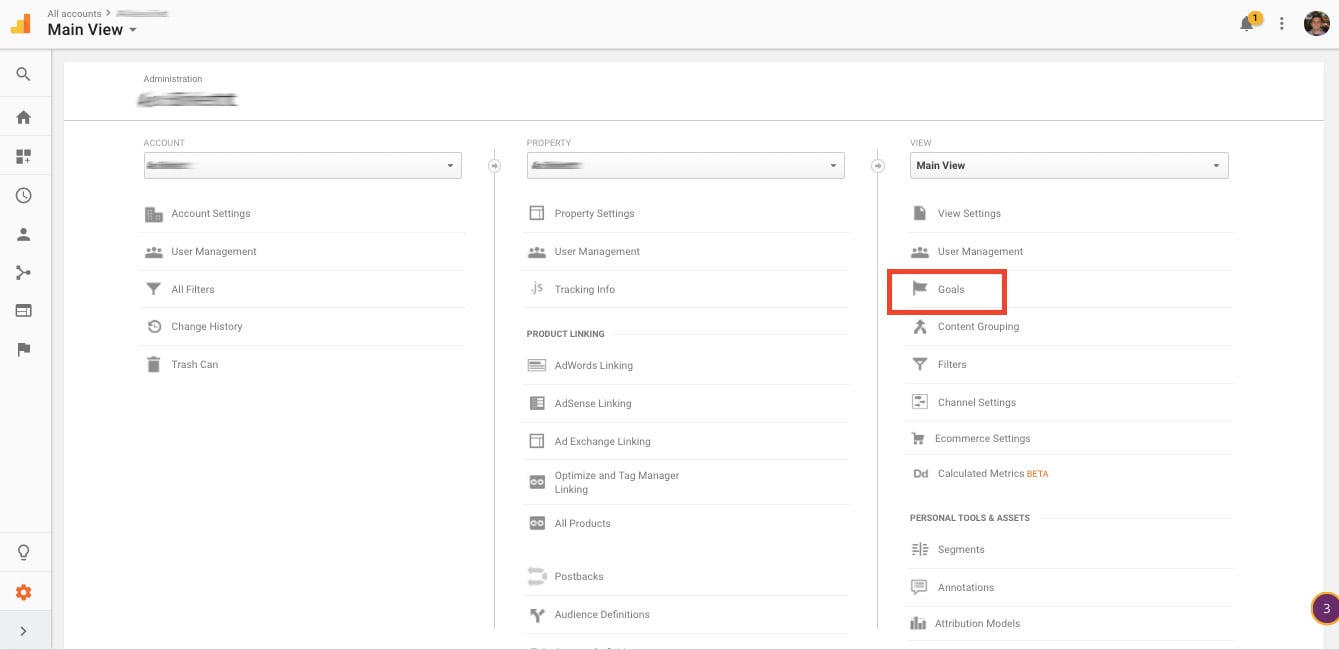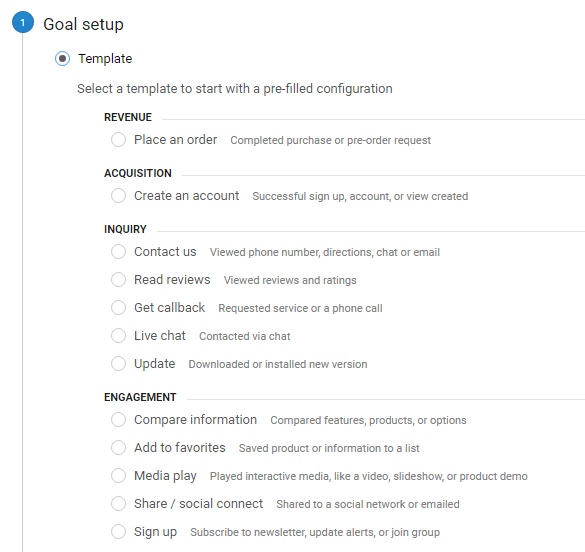Key Insights on What Data Is Google Analytics Goals Unable to Track
Key Insights on What Data Is Google Analytics Goals Unable to Track
Blog Article
Unveiling the Blind Attractions: Comprehending What Google Analytics Goals Can not Measure
In the world of digital analytics, Google Analytics stands as a powerful tool for tracking and analyzing online customer interactions. Comprehending what Google Analytics objectives can not gauge is essential for obtaining a thorough view of user habits and interaction.
Individual Behavior on External Platforms
Understanding exactly how individuals interact on exterior platforms is essential for optimizing on the internet techniques. Outside platforms, such as social networks networks, referral web sites, and on the internet discussion forums, play a substantial role in driving traffic to a company's site. By evaluating individual habits on these systems, companies can gain important insights into the efficiency of their advertising initiatives and the preferences of their target market.
One secret element of user habits on exterior systems is the reference resource. By tracking where the individuals are coming from, organizations can recognize which systems are driving one of the most traffic to their website. This details can aid business designate their sources more successfully, concentrating on the platforms that produce the most effective outcomes.

Offline Interactions and conversions
Analyzing user habits on outside platforms gives useful insights into online techniques; nevertheless, thinking about offline conversions and interactions is just as crucial for an extensive understanding of a business's total performance. While Google Analytics excels at tracking on-line interactions, it falls short in recording the total consumer journey that usually consists of offline touchpoints. Offline conversions, such as in-store purchases or phone queries, play a considerable duty in numerous businesses' success. Neglecting these communications can lead to a distorted sight of the effectiveness of advertising campaigns and total company performance.

Attribution Beyond Last Click
When delving right into the world of digital advertising analytics, it comes to be vital to look past the single touchpoint of the last click for a much more comprehensive understanding of attribution. While Google Analytics provides valuable insights into individual actions, depending exclusively on last-click acknowledgment can be limiting - what data is google analytics goals unable to track. Acknowledgment versions that exceed the last click use a more nuanced sight of the consumer journey, considering all the touchpoints that bring about a conversion
Acknowledgment beyond the last click enables marketing experts to appoint credit score to various interactions check my site along the conversion path, offering a more clear image of the efficiency of various advertising and marketing networks. By discovering multi-touch attribution models such as straight, time degeneration, or position-based attribution, services can much better assign their advertising budgets and maximize their strategies for optimal influence.
Recognizing the impact of each touchpoint in the conversion procedure is critical for making informed decisions and optimizing ROI. By accepting acknowledgment beyond the last click, businesses can get deeper insights into client behavior and customize their advertising efforts more efficiently.
Cross-Device and Cross-Browser Tracking

Likewise, cross-browser tracking complements cross-device tracking by catching user actions as they switch over in between different internet internet browsers. Understanding exactly how users connect with web sites on numerous web browsers can help marketers optimize their online experiences to make certain uniformity and capability across various systems.
Qualitative Information and User Intent
Recognizing user intent via qualitative information evaluation is vital for establishing targeted electronic advertising and marketing methods that resonate with the needs and preferences of the target audience. Qualitative information provides understandings into the 'why' behind user activities, shedding light on inspirations, emotions, and choices that measurable data alone can not record. By evaluating individual responses, great site comments, and communications, marketers can reveal beneficial details about individual intent, allowing them to tailor their messaging, content, and offerings to better line up with what their target market is seeking.
Qualitative information likewise assists in recognizing the context in which individuals involve with an internet site or application. This contextual understanding enables online marketers to create even more individualized and pertinent experiences, eventually driving greater involvement and conversion prices. By diving right into customer intent via qualitative information analysis, businesses can acquire a deeper understanding of their target market, leading to a lot more effective advertising strategies that meet users' assumptions and demands.
Verdict
To conclude, Google Analytics objectives have limitations in gauging individual behavior on outside systems, offline conversions, attribution past last click, cross-device and cross-browser tracking, and qualitative data associated with individual intent. what data is google analytics goals unable to track. It is essential for services to be knowledgeable about these dead spots in order to supplement their data analysis with other devices and methods to gain a more thorough understanding of their audience and enhance their overall digital marketing methods
By assessing customer habits on these systems, companies can gain beneficial insights right into the effectiveness of their advertising and marketing efforts and the choices of their target audience.
Examining user behavior on exterior systems offers valuable understandings right into on-line methods; however, taking into consideration offline conversions and interactions is just as vital for a thorough understanding of a firm's total performance.In digital marketing analytics, moving past last-click acknowledgment to discover cross-device and cross-browser monitoring is vital for obtaining an all natural understanding of user interactions across various platforms and devices. By analyzing customer feedback, remarks, and communications, marketing experts can reveal important information regarding customer intent, enabling them to customize navigate here their messaging, web content, and offerings to much better straighten with what their audience is seeking.
By diving into user intent with qualitative information evaluation, businesses can get a deeper understanding of their target audience, leading to extra reliable advertising strategies that meet customers' needs and expectations.
Report this page